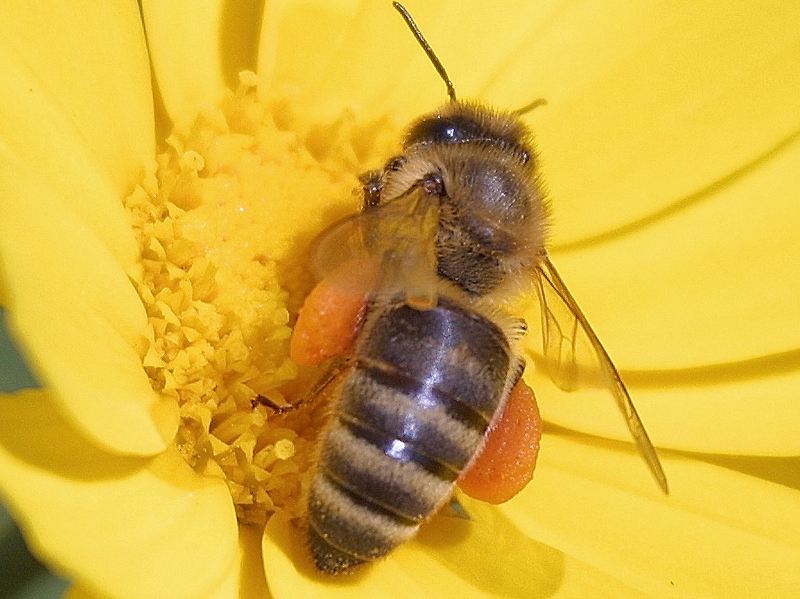 |
| Photo: Journey Worker Productions CC-SA 3.0 (C) |
I was looking at a suspect plant and mused to myself, why do I think this is a weed? And, I am using the word in a pejorative sense. But, before you kill a weed, ask yourself a few questions. Is it (a) edible, (b) attractive when flowering to native birds & bees, (c) does it provide a distraction for pestilential insects (for anything smaller than an infestation of Biblical proportions), and (d) worth keeping as an easy energy, erosion prevention intervention (OK, Cal, you got me on this one--Rick; Can it effectively turn sunlight into richer soil that is not washed away in the rain--Cal; Gotcha--Rick) that can be chopped later?
Another thought: Why dig up a perfectly good garden. Digging in gardens is an unnecessary activity. It disturbs soil structures, and it irritates earthworms (Huh?--Rick). Better to clip weeds and let their roots rot and compost rather than dig them up.
Digging up all the time just creates a piece of fresh earth for weeds (not the good weeds which are edible; but, the evil weeds that spoil your salad) to pop up. Weeds are the earth's band-aid (now who sounds like a hippie?--Rick)--the way it starts to stop erosion and keep itself intact by allowing new vegetation and, then, forestation to start up. (Reforestation! I thought you were renting, Cal--Rick).
You don't have to bother with raking leaves either. Just let them rot in situ, or put them somewhere to compost. (Right...raking and weeding are officially off the 'honey-do' list from now on--Rick).
More on not digging:
ABC Fact Sheet: Step-by-Step No Dig
Another thing that I've been thinking about is dry stone retaining walls. They look good and also provide habitat for reptiles, spiders and other animals. Many of these are predators which feed on unwanted insect types. These walls are also valuable for micro-climate creation.
I can't do a stone wall at home (Did you notice my modest dry stone wall in the suburbs, Cal?). But, I do have some raised pots with 4-6 inches of space beneath the pots. I am wondering, if I will put some stones in the otherwise dead space, could I slowly build up some stone spaces for eco purposes?
It's also got me slowly collecting old 19th century bluestone that I find occasionally around the streets (Find?!--Rick). Rick, at some point, I will write something on bluestone. We don't see it as our own colonial era modest-gentry stone, the way you Americans do your brownstone.
Here's a description from a UK-oriented page on dry stone walls:
Dry Stone Retaining Walls



